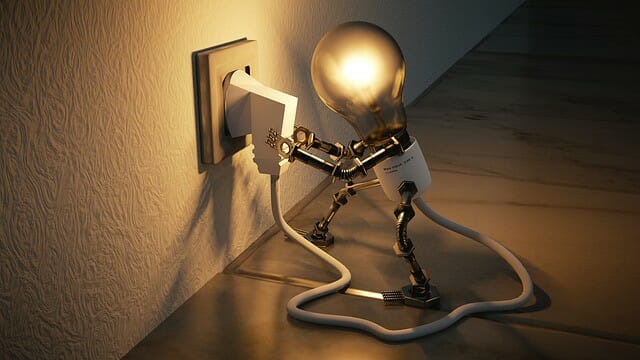Water is required to produce nearly all forms of energy. At the same time, electricity is needed to provide drinking water and treat wastewater. Recognizing rising water-energy nexus pressures, a range of water utilities around the world are developing innovative solutions to reduce these pressures.
Melbourne Water’s hydro-electric power stations
Melbourne Water has hydro-electric power stations operating throughout its supply network, generating renewable energy from the flow and pressure of moving water, with the electricity being fed back into the grid. In addition to the nine existing power stations, five additional mini-hydro plants were commissioned in 2016–2017. The plants were delivered in pre-assembled, self-contained units and provide simple, weather-resistant power delivery solutions that can be brought online quickly. In total, the 14 hydro-electric power stations can generate up to 69,5000-megawatt hours of electricity per year. By operating these power stations, Melbourne Water prevents over 75,800 tons of carbon dioxide emissions each year, which is equivalent to the emissions of over 14,000 households or taking more than 29,000 cars off the road. Meanwhile, at Melbourne Water’s Western Treatment Plant, which serves 1.6 million people in the central, northern, and western suburbs of Melbourne, sewage is considered more than a waste product, with the utility generating electricity by combusting biogas that is captured under covers that are placed over the sewage treatment lagoons. The Western Treatment Plant uses biogas to meet nearly all its electricity needs with 71,500-megawatt hours of renewable energy generated each year, which prevents 87,000 tons of carbon dioxide being emitted through the burning of fossil fuels. At times the treatment plant generates excess renewable energy which is exported to the electricity grid to offset usage at the utility’s other sites.
Athens utilizing renewable energy from water
Athens Water Supply and Sewerage Company (EYDAP) has launched an ambitious program of renewable energy utilization with the objective of contributing to the optimization of the energy balance across the country and society and exploring the possibility of expanding to new profitable business. Along the aqueduct system that brings raw water into the Athens area for treatment, there are existing energy dissipation works (small waterfalls along the aqueduct). EYDAP is in process of converting the energy dissipation […]
Full article: Leading Water Utilities Reducing Water-Energy Nexus Pressures


